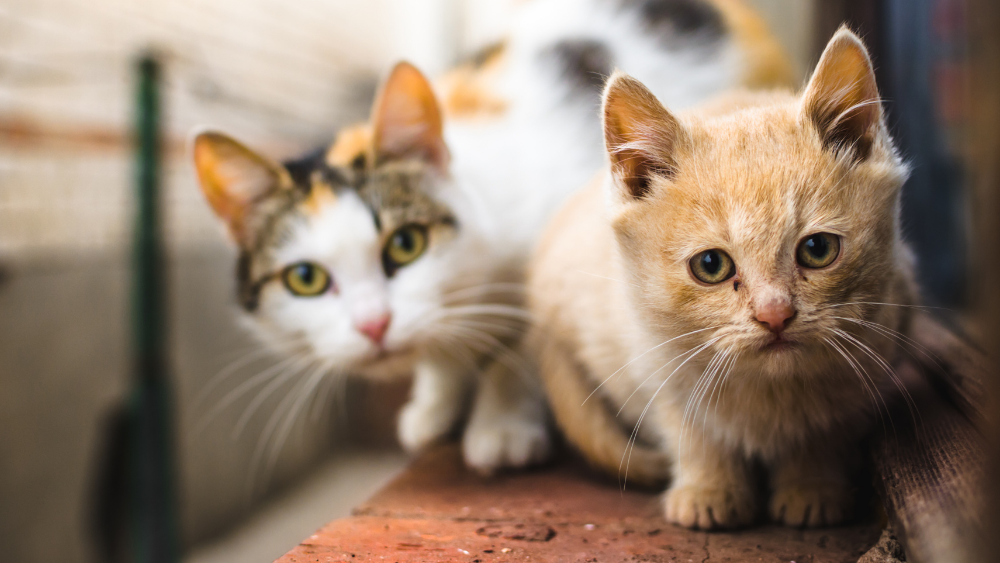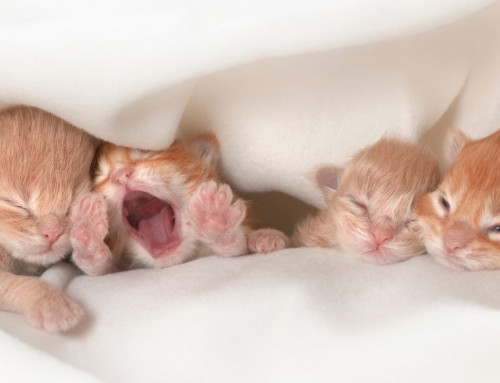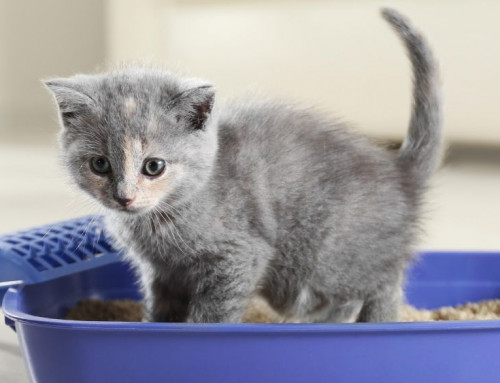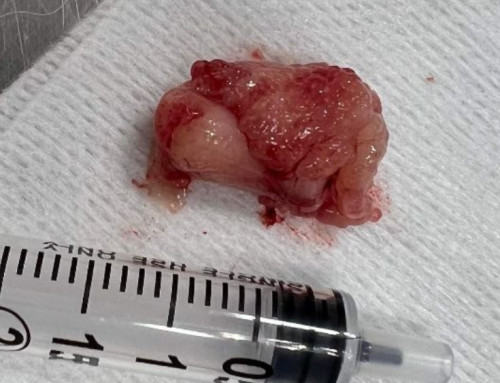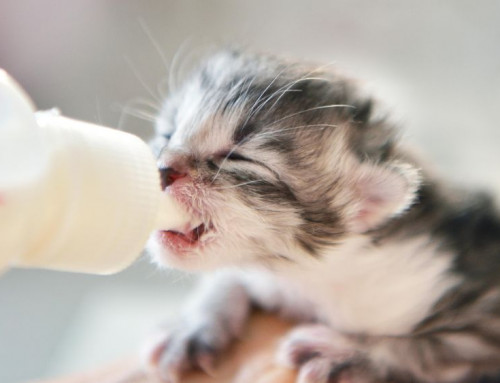Share this resource or email it to a friend!
Kittens have their best chance of survival with a healthy mom cat. So, if the family is doing well and is living in a safe area, wait until kittens are about 6 weeks old to trap them. It’s safer for everyone to use a humane trap and, at that age, kittens also weigh enough to set off the trap’s trip plate. Remember that although they’re small, terrified feral kittens can inflict serious injury if they bite or scratch.
If you trap a cat and discover she’s pregnant, options include spaying her, letting her give birth in a confined space to raise the kittens or allowing her to remain outdoors and trapping the family at a later time.
What if you trap a feral adult and believe she has kittens, but don’t know their age? You can “examine” the cat by lifting the trap and looking at her nipples. If enlarged, she’s probably recently or currently nursing. Feral kitten mortality is high and if you release mom because you’re concerned for the kittens, you may never trap mom again. If mom is spayed and returned within 24 hours, kittens 2 weeks and older may survive her short absence. Be sure to inform the spay/neuter facility that the cat needs to be prioritized for spaying so she can be returned to her kittens as soon as possible. You can also try to locate the kittens and determine if you need to intervene because they won’t survive her short absence.
If you’ve observed a pregnant cat, you may be able to approximate the age of her kittens when mom turns up with a smaller belly. If you know for sure that the kittens are too young to survive mom’s 24-hour absence for spaying, you may decide to immediately release her and hope she brings them around when they’re older.
On the other hand, if you discover a female you’ve been caring for and trapped is nursing, you may decide to release her right away because you’re confident she’ll continue to come around for food. Hopefully, she’ll bring her kittens when they’re old enough to eat on their own, and you can trap the whole family.
The best scenario is trapping the family when the kittens are around 6 weeks old. At that age, you can TNR mom, and the kittens will still be within the primary socialization period (2-7 weeks), when it’s easiest to socialize them to people for adoption. At that age, kittens can eat and potty on their own, which makes fostering them easier.
Another option is trapping the family when they’re discovered regardless of the kittens’ age. Mom does all the work caring for them. However, if she continues to be highly stressed by confinement and proximity to people, it may be best to spay, vaccinate, ear tip and return her to her safe outdoor home. The kittens may require round-the-clock bottle feeding and care if they are 4 weeks old or younger, which requires additional foster training and equipment.
When trapping families, catch the kittens first so no kittens are left behind without their mom. Once you have all the kittens, you can use them to lure mom into a separate trap.
In all circumstances involving feral kittens, it’s preferable to find them loving homes if resources are available. The National Kitten Coalition is an excellent source of free webinars and information for individuals who are fostering on their own or animal shelters and rescue organizations building their foster programs.

